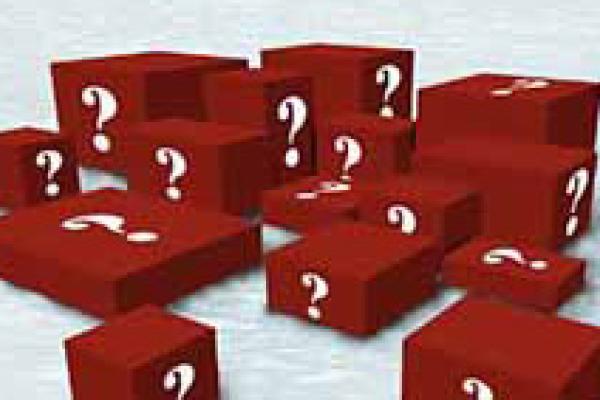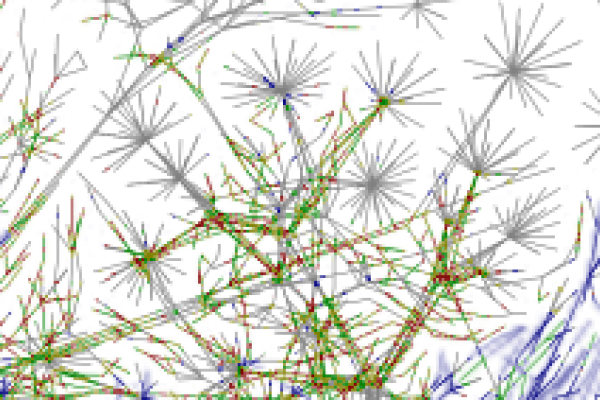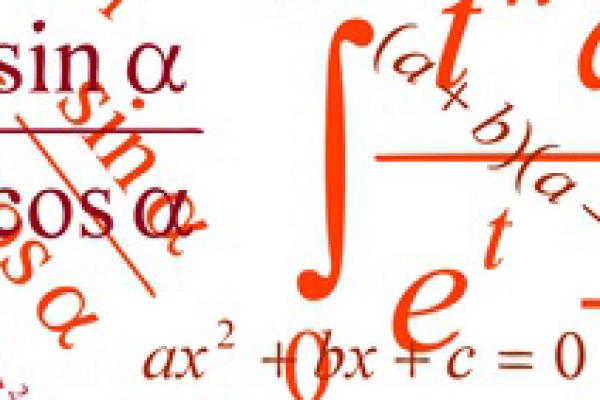Article


How to win at Mornington Crescent
This article casts a mathematical eye over a famous non-game enjoyed by thousands of people up and down the UK every week.








